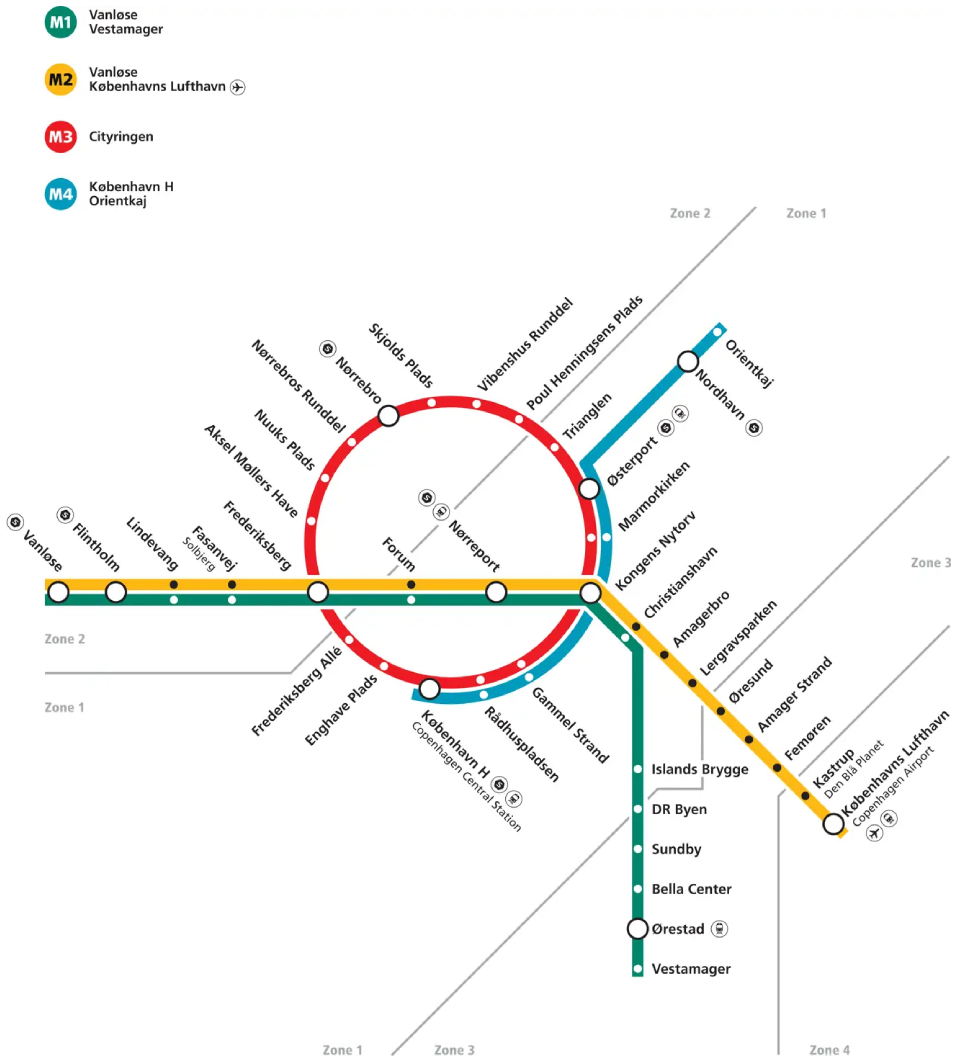Our experience
UK HS2 High-speed Rail
HS2 is a new high-speed railway under construction, connecting iconic intermodal hubs in London, Birmingham, Manchester, and the East Midlands. It is currently the largest infrastructure project in Europe, with its design conceived to allow speeds up to 400 km/h.
Each of our three companies are presently working in HS2 in key contracts:
- Setec is delivering scheme and detailed civils design for 2 Main Works Civil Contracts, totalling 80 km. Additionally, Setec’s scope covers configuration management, change management, RAMS, interfaces management, progressive assurance, support to the client for the consent, and the implementation of BIM level 2.
- Ramboll designed the first major asset for the HS2 Project, a bridge over the M42, as part of the North Enabling Works Contract, using modern construction methods (DfMA). This contract delivered designs across disciplines including bridges, highways, ecology and environmental mitigation. Ramboll continues the DfMA approach with designing civil assets for the Main Works Civils Contracts (MWCC) and is also part of the joint venture undertaking the independent checking services of the high-speed rail assets for the North MWCC.
- Ineco has been steadily involved in the project for over a decade, delivering the preliminary civils design for two sections (170 Km in total), environmental civil assessment, the general track specifications and passenger modelling studies in stations.
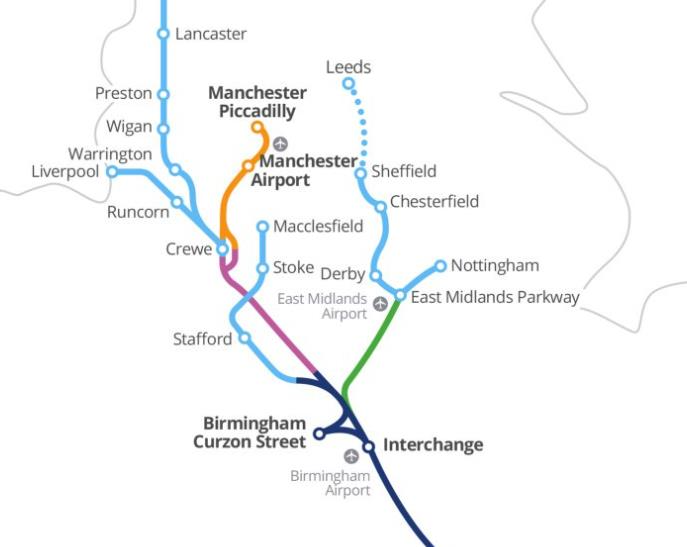
Mediterranean train corridor

The Mediterranean Corridor is one of the nine Trans-European railway core corridors, connecting the Spanish Mediterranean coast with the rest of Europe. The existing 580-Km long line between Barcelona and Murcia required an intense overhaul to enable its integration into the European network.
Ineco was the key engineering partner in this project, where the main challenge was to adapt the rail systems to the European interoperability standards, including the Standard European Gauge (in Spain, the conventional network uses a different Spanish gauge: 1,668mm).
Ineco performed a global study of rail traffic demand, a financial study, and for each geographical area, a functional study of alternatives in high detail. Then delivered up to 30 design projects:
- 17 detailed design projects for track and overhead line equipment overhaul
- 9 detailed design projects for safety and communications systems
- 2 detailed design projects for new overhead line equipment systems
- 2 detailed design projects for new power supply substations
Grand Paris Express Red Line – Systems Design and Project Management Systems and Durability
The Grand Paris Express is a large-scale urban transport project aimed at modernizing and expanding the Greater Paris public transport network. It included the extension of existing RER and metro lines and the construction of four new automated metro lines (15-18), totaling 205 km of double-track and 72 stations. The Société du Grand Paris oversaw its design and implementation.
Setec, as a co-Designer and Project Manager for the systems of the Red Line (Lines 15, 16, and 17), was responsible for ensuring seamless system integration and long-term durability. From the early design stages, Setec incorporated lifecycle considerations to guarantee system functionality over the 18-year phased development. Specific methodologies were implemented to efficiently manage technological evolution while ensuring a structured approach to system renewal.
Setec's scope included power distribution, telecommunications, electromechanical equipment for stations and tunnels, railway tracks, and platform screen doors. Beyond system design, Setec oversaw global project coordination, contract management, and integration with civil works and external stakeholders, ensuring the Red Line operated reliably within the Grand Paris Express network.
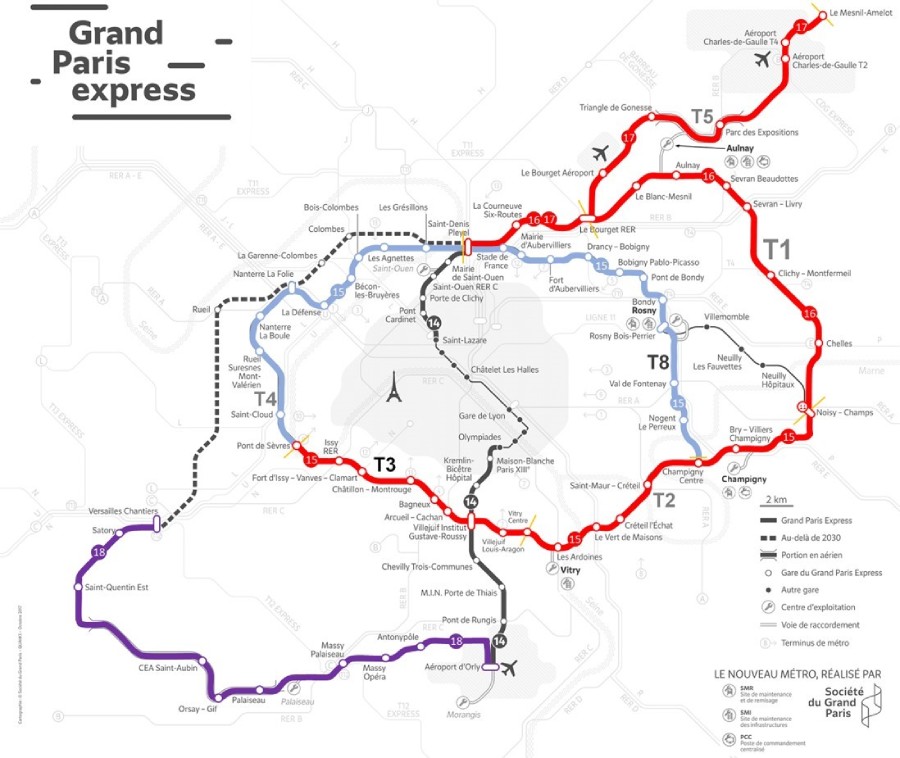
UCW Copenhagen-Ringsted, Denmark
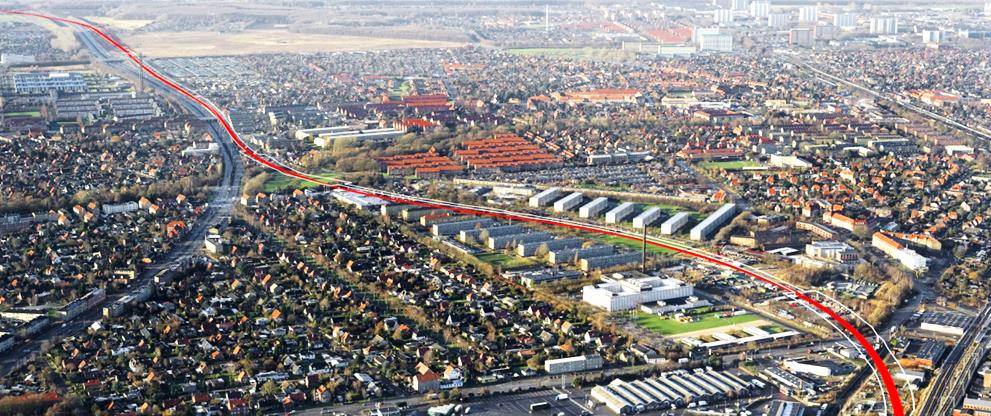
Approximately 60 km long new high speed railway line with a total budget around 1.3 billion Euro. The line is running from Copenhagen to Ringsted and 3.5 km of the line passes through an existing urban area in Copenhagen, this urban section is very complex due to existing infrastructure. Ramboll assisted Client with technical consultancy in connection to planning, tendering and supervision of the civil works for the new railway in the urban section.
The work included:
- Alignment optimization
- 2 Cut & Cover tunnels (including complex road crossings)
- M&E in the tunnels
- 1 railway bridge
- 2 road bridges
- 3 pedestrian bridges (2 over motorway)
- Moving and establishing a number of new permanent and interim roads
- Handling of contaminated soil
- Demolition works and refurbishment
Additionally, Ramboll provides construction management, construction supervision and quality assurance auditing services in 8 other tender packages within Copenhagen to Ringsted construction works.
Metro Line 12 Extension in Mexico
Ineco played a key role in the Line 12 Metro Extension project in Mexico City, which includes 3.9 km of twin-track tunnel and three new stations. The railway systems implemented by Ineco cover 12 km of ballasted track, three traction substations, and advanced CBTC signaling, fire safety, and ventilation systems. The total project cost is approximately 1 billion CAD.
Ineco carried out extensive work on railway systems, focusing on interface management and functional integration control across all subsystems. With a team of over 80 experts, Ineco's PMO activities ensured the successful implementation and coordination of traction power systems, signaling, and communications, guaranteeing seamless integration between existing and new systems.
One of the major technical challenges Ineco addressed was the study and planning required to maintain operations at the terminal of the existing segment during construction, alongside the installation of systems in the connection area. These tasks demanded careful risk management, interface oversight, and strict adherence to quality and safety standards, all of which were successfully managed by Ineco.
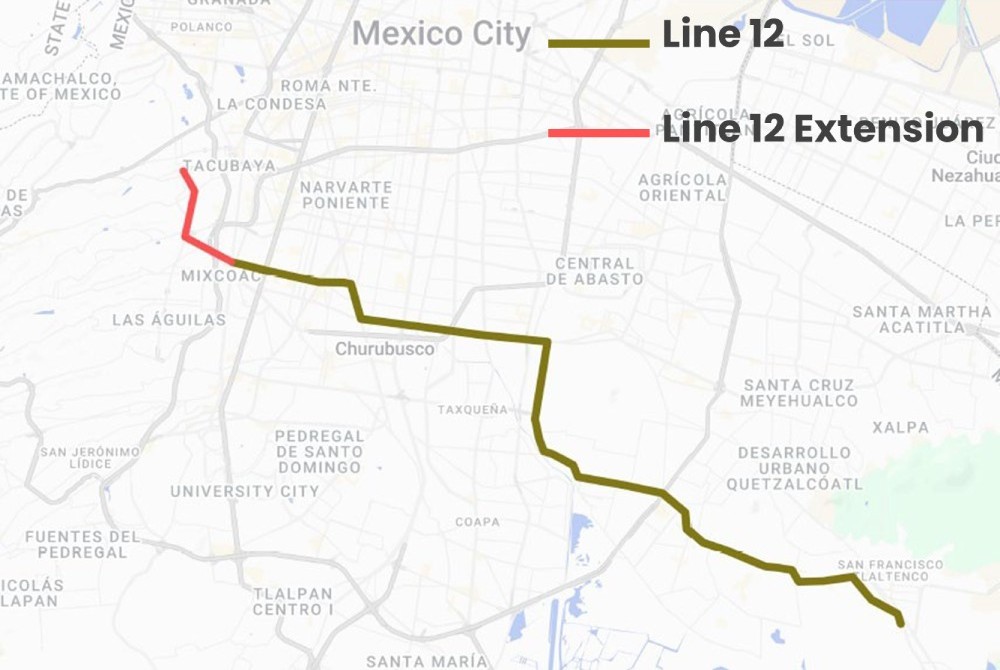
Spanish high speed rail network

Currently over 4,000 km long, Spanish HSR network is the longest across Europe and second longest worldwide, connecting the major Spanish cities at speeds of 320 km/h. Ineco has been a key contributor in its development, being instrumental as the lead designer and engineering partner for over 3 decades, at all stages of its lifecycle.
Ineco has delivered the conceptual studies, design at all levels of detail, system integration, construction supervision, testing and commissioning and maintenance coordination of:
- Open route civils, tunnels and structures
- Track system (including 145 km in slab track)
- High voltage power supply
- OHL 2x25 kV 60 Hz
- Telecommunications and GSM-R system
- ERTMS 2 signalling system
- Operational Control Centres
- Civil protection, and safety systems
- Tunnels ventilation
- Passenger Information System (PIS)
- Automated Fare Collection (AFC)
- 40 intermodal hubs
- Depots and maintenance facilities
EOLE – Extension of the RER E toward the East (suburban train)
The EOLE project extends Line E of the RER within the Greater Paris Express metro network, bolstering the "Île-de-France" region's transportation system. Led by Setec, our team has played a pivotal role in various key tasks for this ambitious endeavor.
Our services encompassed designing and constructing an 8 km tunnel using Tunnel Boring Machines (TBMs) and traditional excavation methods as well as two underground stations—Porte Maillot and La Defense. These stations address congestion and improve connectivity in strategic areas of Paris and La Défense business district.
Setec technical expertise covered route planning, civil engineering of tunnels, shafts and stations, installation of low-voltage and electromechanical equipment, finishing works, track implementation, and railway equipment and interface coordination. We conducted geotechnical investigations, fire safety system analysis, and managed utilities diversion.
The EOLE project reflects Setec’s commitment to advancing Greater Paris' transport infrastructure, enhancing accessibility, and ensuring a resilient railway network for the region.
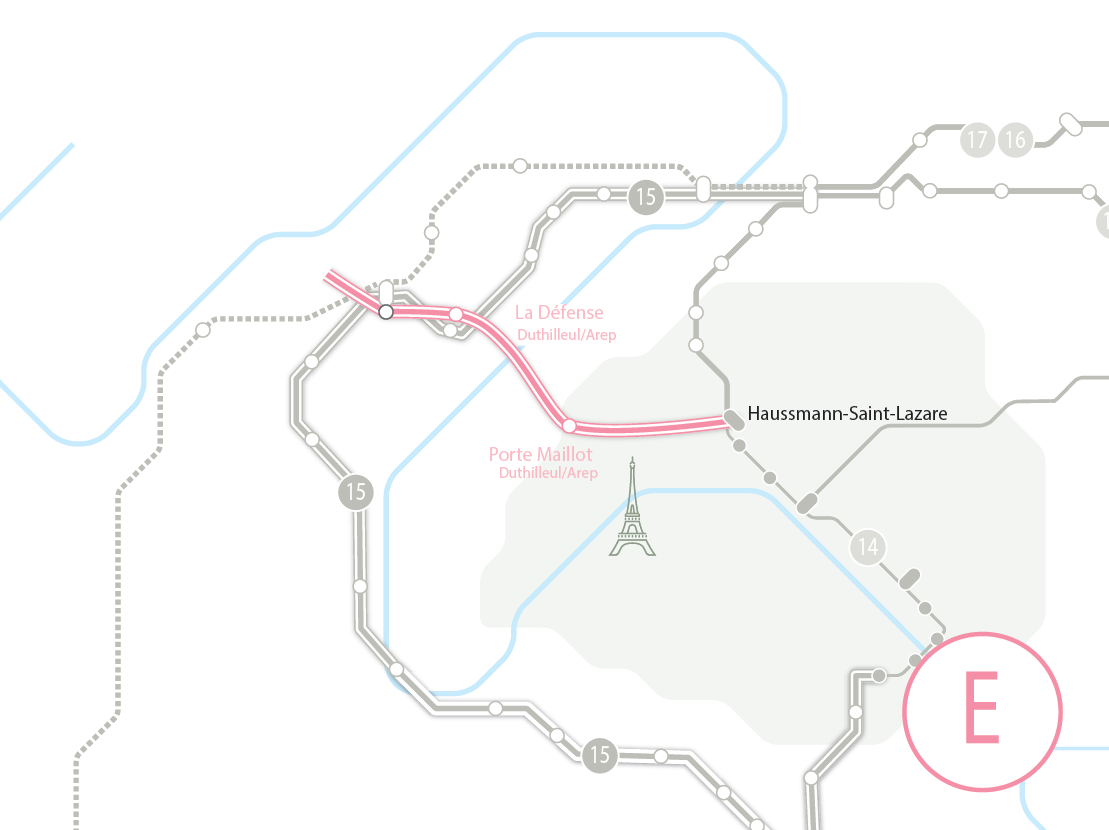
High performance HSL South-East – Paris to Lyon
Setec has been contracted to implement the ERTMS system on the Paris-Lyon high-speed line, Europe's busiest route with 240 trains per day. The project aims to improve capacity and regularity by managing train headways in real time.
As part of the ERTMS, the project focuses on developing and implementing the ETCS 3 Hybrid signaling solution (track side equipment and RBC), an optimized version of ETCS 2.
Setec's responsibilities include design review, works supervision, and testing and commissioning (T&C) activities. This project is crucial for the 450km high-speed line, as it prepares the route for future higher traffic demands and ensures advanced train control and signaling capabilities.
Maya Train Shadow Operator
Maya Train is a 1,525-kilometre intercity railway in Mexico that will traverse the Yucatán Peninsula and integrate within the national rail network. This mixed traffic line with 19 stations is currently under construction and will allow speeds up to 160 Km/h.
Ineco is working in this project in a JV with key European rail operators: RENFE and DB. We are overseeing the basic engineering, and defining the operation requirements and the technical specifications of the rolling stock and railway systems.
Ineco is also advising the Authority throughout the tendering process for the rolling stock and railway systems, preparing the specifications, monitoring the manufacture, delivery and commissioning of the rolling stock.
Espoo-Salo (95 km), Finland
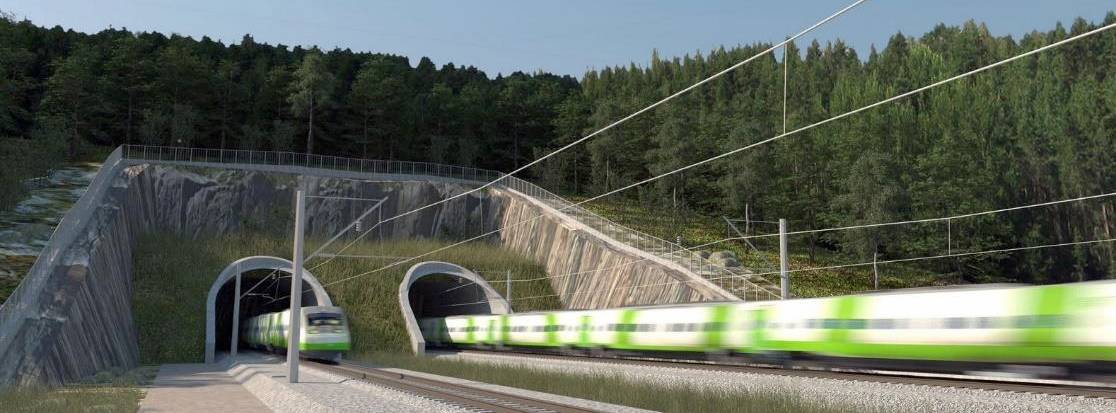
The Espoo-Salo railway line is a key component of the high-speed train network between Helsinki and Turku. It's divided into distinct design sections for efficient management. The project's phases include the General Planning Phase (2019-2020) focusing on Suomusjärvi-Salo, and the Railway Plan Phase (2021-2023) targeting the Vihti-Lohja section.
Services carried out by Ramboll were:
- Project management
- Railway design
- Geotechnical engineering
- Tunnel design (subconsultant AFRY)
- Bridge design
- Road design
- Interaction with stakeholders
- Environmental design and studies
- Environmental impact assessment
- Cost management and calculations
- Risk management
- Visualisation
- BIM
The Espoo-Salo railway line project encompasses approximately 102 kilometers of track, incorporating 111 bridges and 22 tunnels along the route. It involves 226 separate roads (excluding rescue and service roads) and strategically situates four stations. With an estimated 42,000 labor hours required, the project's fees are projected to reach 4.3 million Euros. These key metrics highlight the scale and complexity of the endeavor. This project demonstrates a strong dedication to sustainable and efficient transportation infrastructure. By improving public transit connectivity, it boosts commuter convenience and plays a vital role in reducing carbon emissions, aligning with broader environmental goals.
Copenhagen metro
Copenhagen metro project had initial phases completed between 2000 and 2007. The fully automated trains link densely populated urban areas to the east and west with the city center, including a branch to Copenhagen Airport. The next phase, Cityringen, was opened in 2019, in which Ramboll was not only responsible for the railway infrastructure but for the entire transportation system including rolling stock and control & maintenance centre. The metro is a fully automated, unattended system with the alignment being partly tunnelled, partly elevated or at ground level. All lines are completely separated from all other traffic.
Services carried out by Ramboll were:
- Permanent Way
- Traction Power
- Power Supply
- Automatic Train Control Systems
- Passenger Information and Security Systems
- SCADA Systems
- Control Centre
- Telecommunication, comprising Transmission and Radio Systems
- Safety and Reliability Assessments
- Operation & Maintenance Assistance
The estimated total project cost for the Copenhagen metro was approximately €2 + €3 billion. The metro line is now spanning a length of 36 kilometers with double tracks, comprises 24.7 kilometers of tunnels, 3.2 kilometers of elevated tracks, and 8.1 kilometers of surface-level infrastructure. In total, the expansion includes 39 stations.
